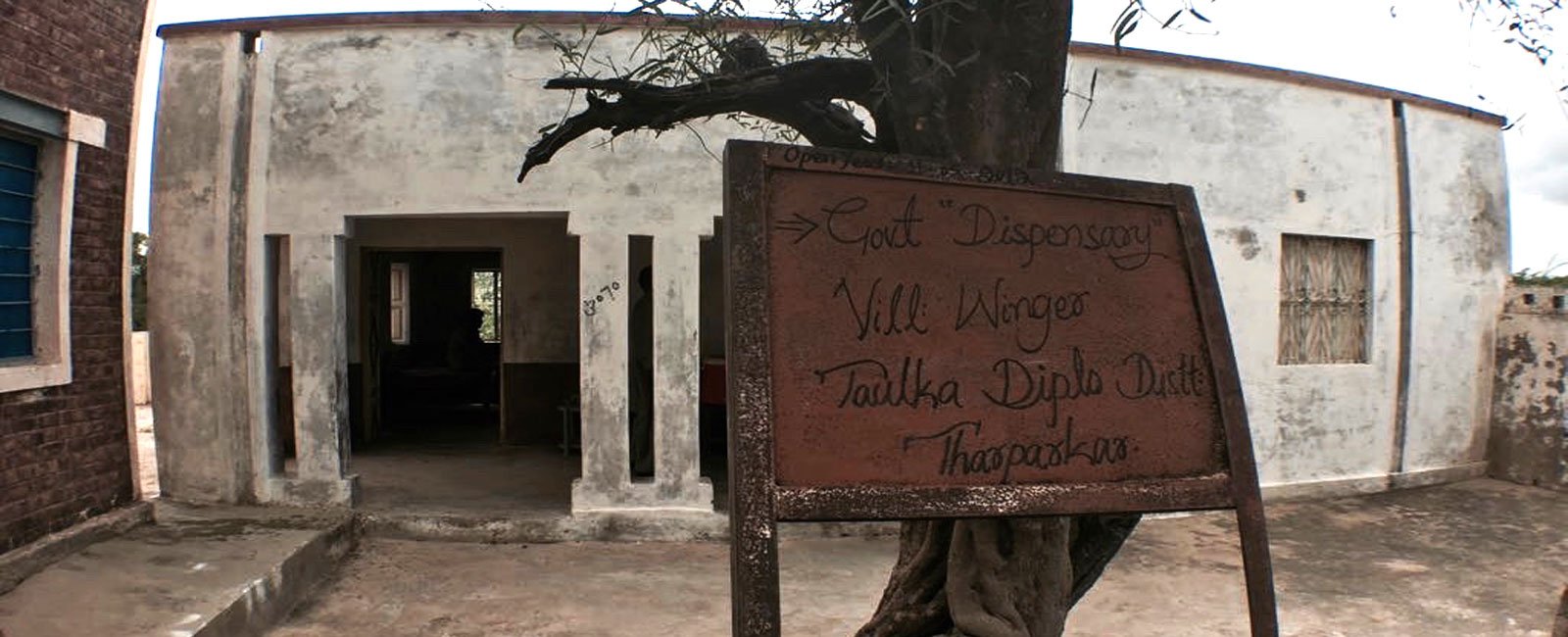What has changed in Thar? Not much
What is unfolding in Tharparkar has all the signs of a humanitarian catastrophe. But the PPP-led provincial government has underplayed the crisis.

In a small mud house in a remote village in Thar, Sindh, Shrimati Bhagaan is stretched out on a woven bed. It has been a week and Bhagaan has yet to recover from the chest pains and high fever.
Not far from her residence is a box-like medical dispensary. But it is padlocked. It has remained shut and abandoned for two years now, since the day it was constructed by the Sindh government.
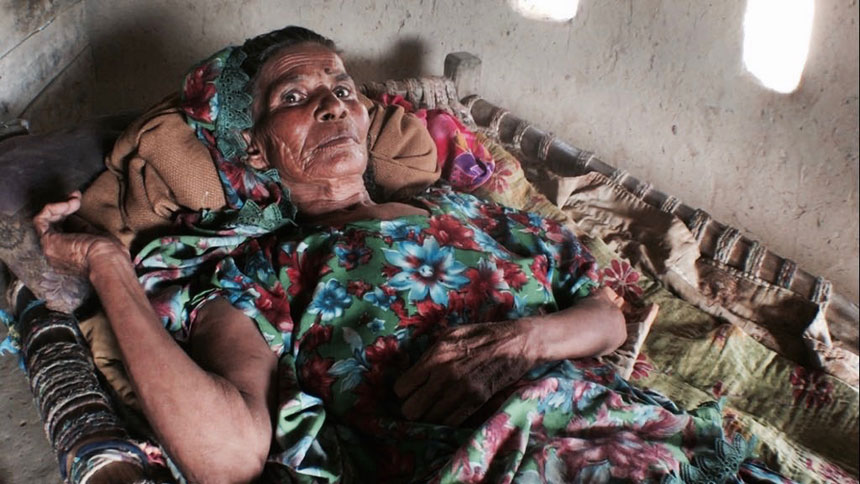
There are other options though; a hospital 50 kilometres away. But for Bhagaan, a middle-aged woman who lives alone, that is a long travel. Hence, for now, she must rely on home remedies, which work some days and not on others.
Outside this village, Thar’s arid and ochre-colored landscape is dotted with 297 newly constructed medical stores and pharmacies. But the story is much the same.
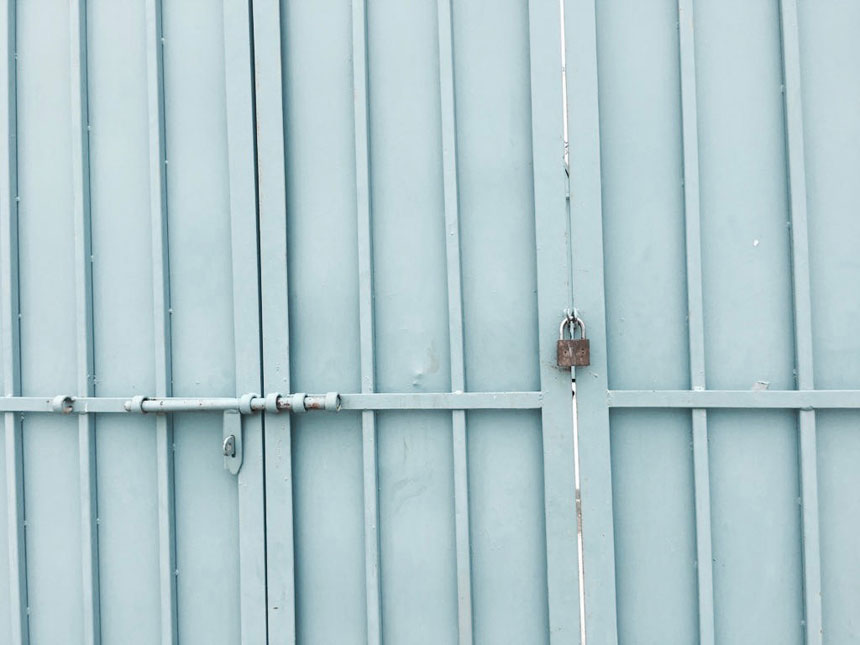
Morning to night, the doors remain closed. No staff is on duty. No shelves are stocked with medical supplies.
The largely poor people of the district must trek long distances to reach the nearest hospital for even minor ailments.
Two years ago, Siraj Din, 13, who was running a fever, died en route to see a doctor.
According to the provincial health department there is one civil and three district hospitals, three maternity homes, two rural health centres and nine basic health units.
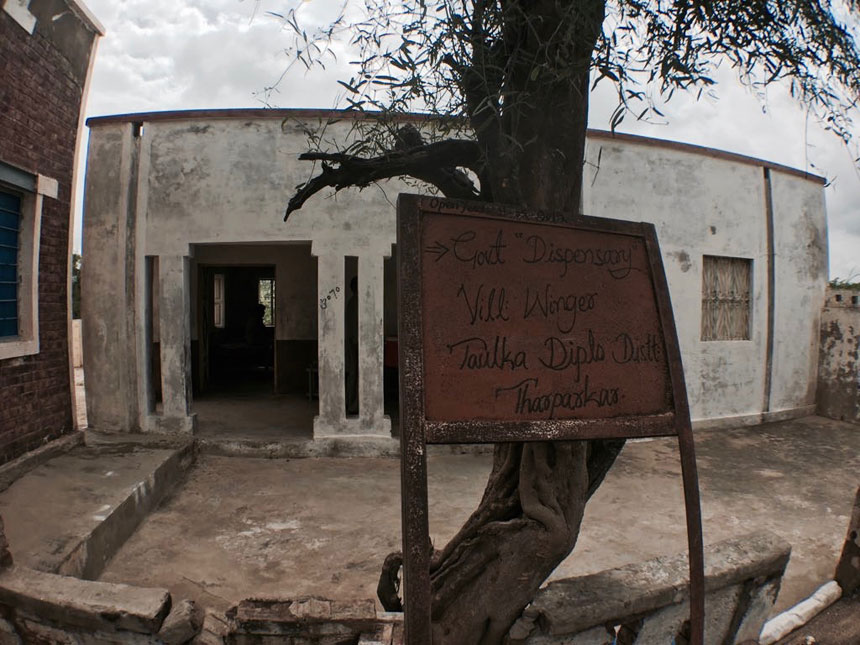
On paper, there are in total 390 health facilities in Thar, small and big, of which 288 are up and running – as 46 are under construction and 56 need to hire staff.
But on the ground, those figures are greatly exaggerated. At least 40 percent of these facilities are out of order, estimate residents Geo.tv spoke to.
Even if the building is there, enough doctors, nurses and medical practitioners are not available. The provincial government has yet to hire doctors to fill the 332 vacant posts in the district.
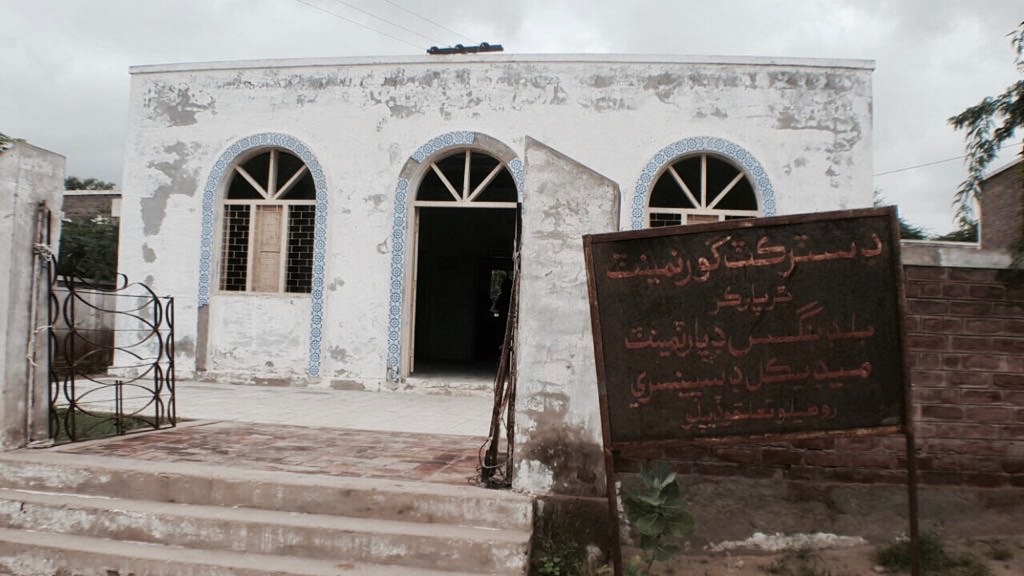
Health problems are further compounded by lack of water and other basic facilities.
Thar does not have a working irrigation system. People here are dependent on rainwater for drinking and other needs. Then, the prolonged season of dry weather, and less than normal rain, ravages the crops and food supply in the desert.
In 2016, in the drought-affected Thar, 479 children died due to malnutrition, according to the health department.
This year, in just the first three months, 82 children have already lost their lives. This data has been collected from the government hospitals. Local health experts insist that death in the far-flung areas of the district go unreported.
The figures of mortality are alarming. What is unfolding in Thar has all the signs of a humanitarian catastrophe. Yet, the provincial government, led by the Pakistan People’s Party, has underplayed the crises.
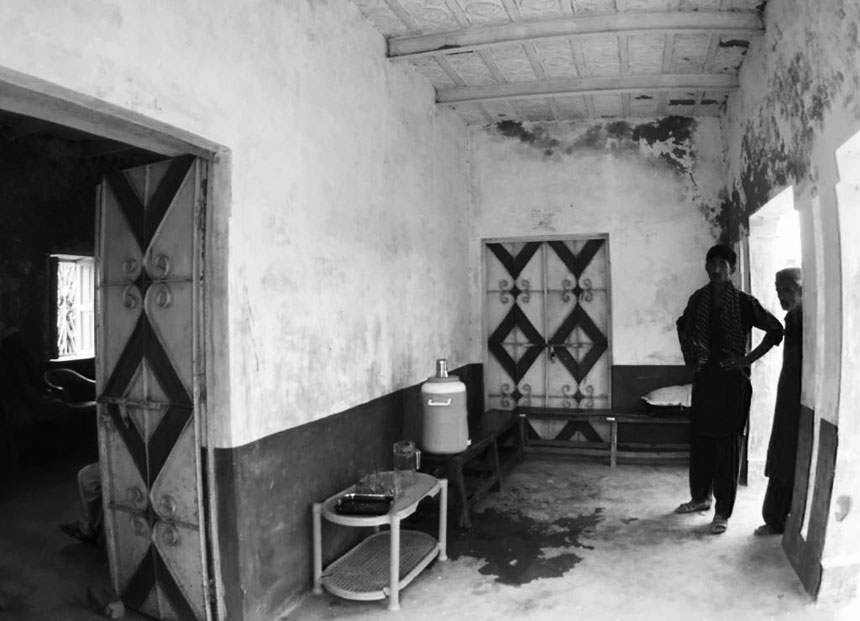
Officials have stopped providing media with updated figures of the death toll. In the past five months, the information flowing out of the district has been blocked.
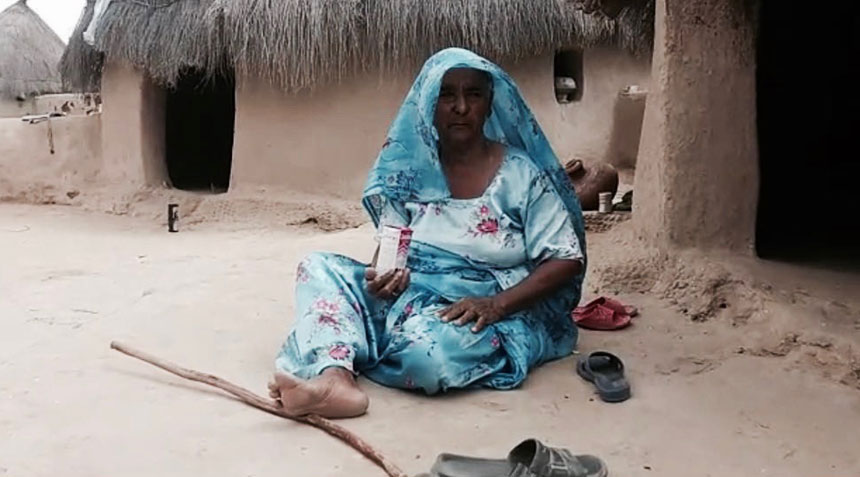
Recently, Dr Sikandar Ali Mandhro, Sindh’s minister for health, visited the area. When asked by a local journalist about the number of children who died this year, he was quoted as saying, “Children can die anywhere. Why does the media not report the children dying in other parts of Sindh, such as Badin or Hyderabad, why is it focused on Thar?”
He further asked reporters to compare the mortality rate to world figures, “The number in Thar is not so extraordinary.”
Mol Ram is a resident of the village Hilario in the desert. He is disappointed with the parliamentarians his people elected.
“They [the PPP] made many promises in 2013, but since then, since the polling day, we have barely seen them. Does only our vote matter?”



